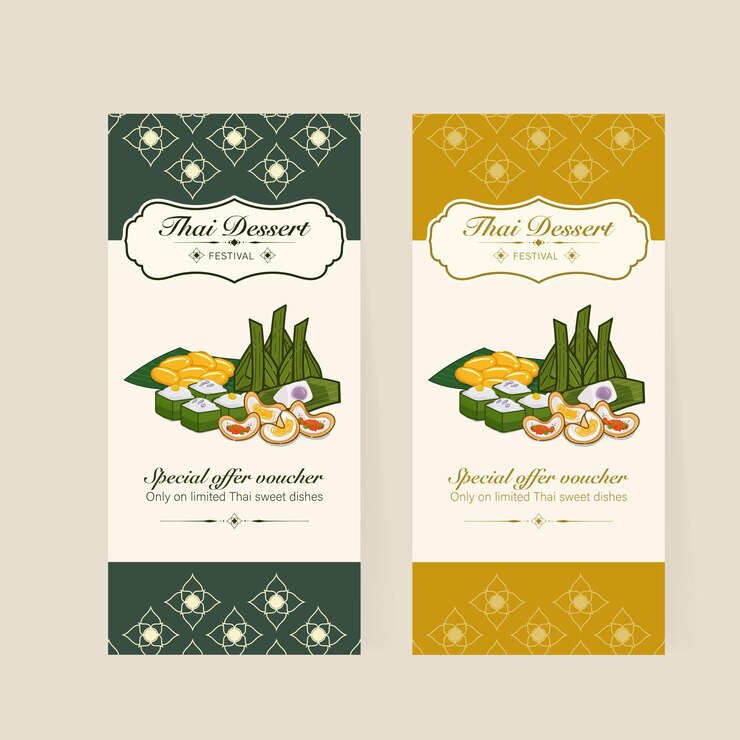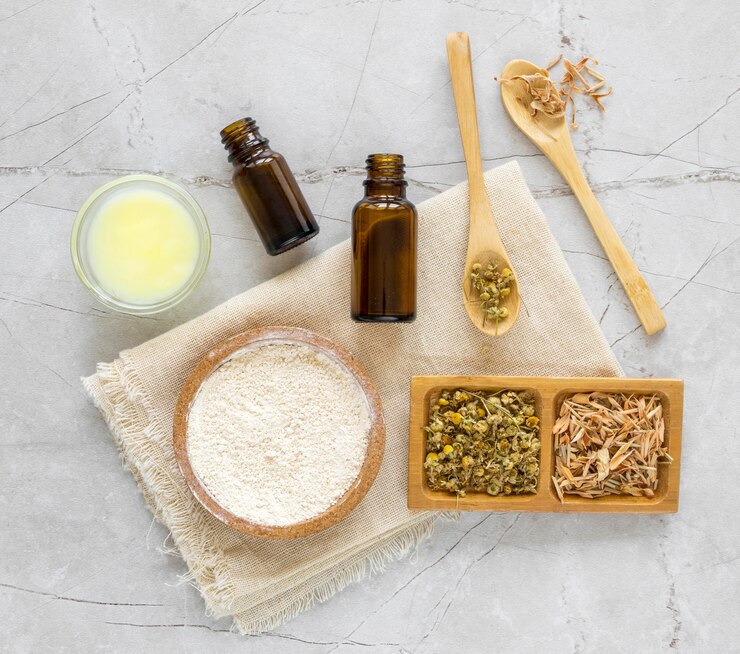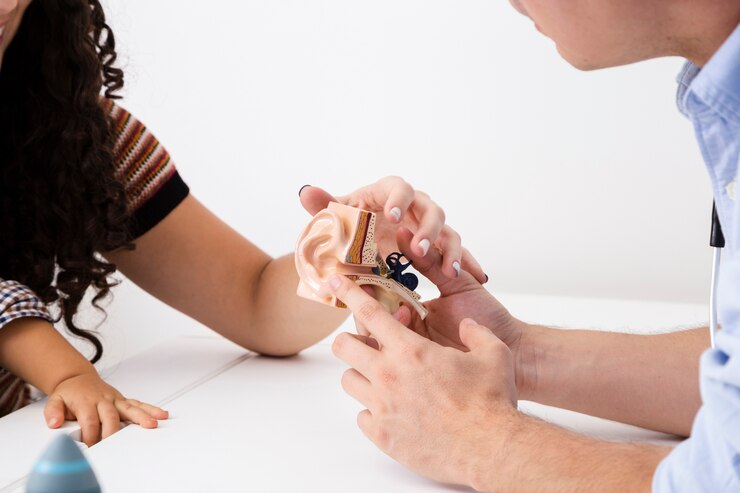
One of my favorite topics is discussing natural beauty and skincare. It’s important to remember that what’s left out of these products can be just as crucial as what’s included. Today, I’m adding a new entry to our educational series about common ingredients that might not be so friendly to your skin.
We’ve already explored synthetic fragrances, petroleum-based ingredients, propylene glycol, phthalates, and preservatives that release formaldehyde. In this post, we’ll take a closer look at two widely used preservatives: BHA (butylated hydroxyanisole) and BHT (butylated hydroxytoluene).
The goal of these posts is not to cause fear but to provide you with the information you need to make informed choices about your beauty routine. BHA and BHT are synthetic antioxidants often used as preservatives in personal care and cosmetic products.
An important point to remember is that The American Journal of Public Health reported that your skin can absorb anywhere from 64% to 100% of the chemicals in your beauty products. The amount absorbed depends on factors like broken skin, molecule size, or compromised skin barriers due to issues like acne, eczema, and rosacea.
Below, I’ll cover what you need to know about BHA and BHT, including what they are, their uses, potential health risks, and eco-friendly alternatives to clean up your beauty routine.
What Are BHA and BHT?
BHA and BHT are synthetic antioxidants used as preservatives in processed foods, personal care, and cosmetic products. Research indicates that these chemicals can be carcinogenic, endocrine-disrupting, and allergenic. You can find BHA and BHT in products like lipstick, eyeshadow, concealer, and moisturizers. For more on clean cosmetics, listen to the Joyous Health Podcast episode with Melanie Cruikshank, founder of dalish Cosmetics.
Besides cosmetics, BHA and BHT are common food preservatives. They dissolve in oils and help prevent oxidation and rancidity. Interestingly, they aren’t always added directly to food but sometimes to packaging, where they evaporate into the food during storage. In such cases, they might not appear on ingredient lists, which is why I recommend minimizing processed foods and focusing on anti-inflammatory whole foods that support natural detoxification.
BHT and BHA are also often found in animal feed and drugs, potentially contaminating non-organic meat and dairy. This underscores the importance of supporting humane farming practices. I buy my meat from Sunday Farms, where they prioritize ethical raising of animals. You can use code JOY20 for 20% off your order.
How Are BHT and BHA Used in Beauty Products?
BHA and BHT are preservatives in beauty products that contain fats and oils. They’re found in:
These ingredients might not be harmful in small doses, but we don’t fully understand the long-term effects of daily exposure to multiple chemicals from personal care products. The Environmental Working Group found that women, on average, use 12 different products daily, exposing them to 168 chemical ingredients, many of which haven’t been thoroughly tested for safety, especially in combination.
That’s why I’m passionate about educating others to make decisions that best benefit their health. Supporting your body’s natural detox processes with whole foods, dry skin brushing (learn how to do it here), and liver-supporting herbs can be helpful.
Why Are BHT and BHA Harmful?
Possible Allergic Reactions
Both BHT and BHA can trigger allergic reactions, particularly if you have sensitive skin. This risk increases with daily use of multiple products containing these preservatives. I recommend checking labels and avoiding products with BHT or BHA as preservatives.
Potential Carcinogenic Effects
Sadly, allergic reactions aren’t the only concern. According to the International Agency for Research on Cancer and the US National Toxicology Program, BHA is considered a possible carcinogen. BHT has been linked to tumor growth in some studies. Animal studies have found these chemicals may cause liver tumors and lung cancer.
Endocrine Disruption
The David Suzuki Foundation states that BHA is a Category 1 priority substance for hormone disruption. High doses of BHT may mimic estrogen and affect sex hormones, impacting reproductive health.
Impact on Liver, Kidney, Thyroid, and Lung Health
BHT’s effects are especially concerning when used in food. The European Food Safety Authority reported negative impacts on thyroid and kidney health and potential promotion of liver and lung tumors.
Regulation of BHA and BHT
Despite these risks, there’s no restriction on BHT and BHA in Canada. Health Canada has categorized BHA as a high-priority health risk because of its cancer-causing potential. BHT is deemed a moderate priority and under review by Canada’s Chemical Management Plan. The EU bans BHA in fragrance use, and California requires warning labels on products containing BHA.
Switch to Non-Toxic Beauty Products
If you’re seeking products free from these preservatives, Shop Joyous has what you need! Our products are made with safe, organic ingredients and are free from harmful chemicals, toxins, preservatives, fragrances, dyes, GMOs, or hormone-disrupting ingredients. Consider trying out these alternatives:
For lip care, you can make my 3-ingredient DIY Lip Balm. Use it after a Homemade Lip Scrub for extra smooth lips.
I hope this article has given you insights into the use of synthetic antioxidants in beauty products and healthier alternatives. With knowledge, we can make better choices!
I encourage you to use this information to create a beauty routine that suits your skin.
The first step to transforming your beauty routine is understanding these ingredients, their effects, and how to identify them. For more, check out these articles on common skincare ingredients to avoid:
Feel confident exploring Shop Joyous Health for all-natural, plant-based skincare, haircare, and body care products! We promise to protect you and the planet by keeping these potentially harmful ingredients out of our products.
Xo Joy


